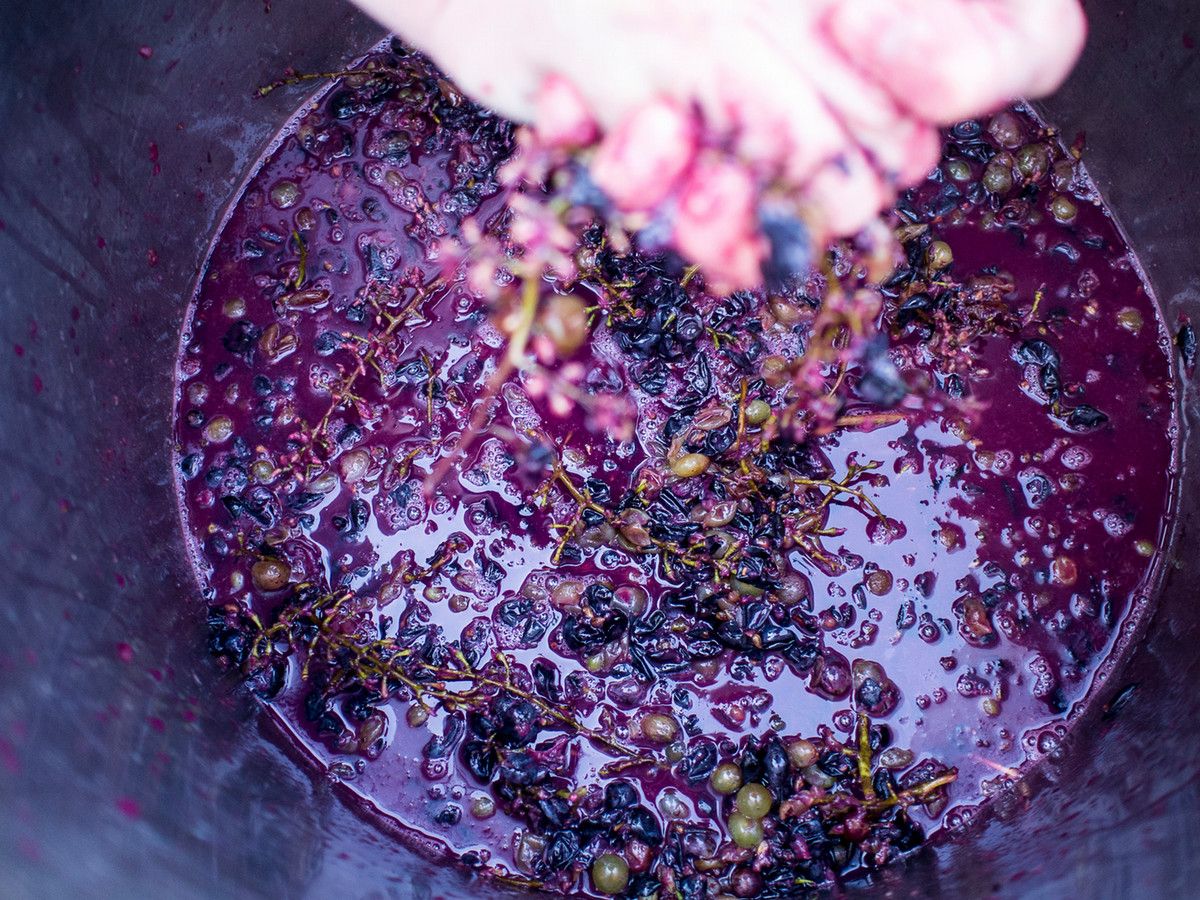And now, A Moment of Science that asks the question, would you drink this?
Would you drink a mixture of the following ingredients: acetaldehyde, a close chemical relative of the embalming fluid formaldehyde; ethyl acetate, best known as a varnish solvent; acetone, famous as nail polish remover; acetic acid, also known as vinegar; and a few of the compounds known as hexenals, which give fresh-cut grass is characteristic odor?
It sounds horrible. But, in fact, just about all of us have drunk this mixture. These are some of the ingredients of natural grape juice. That list leaves out the three ingredients present in the greatest amounts, namely water, sugars, and citric acid. But it's the acetaldehyde, ethyl acetate, acetone, acetic acid, and hexenals, among other substances -- in small quantities and in the right proportions -- that give natural grape juice its characteristic flavor.
Small quantities and correct proportions are important. Take another chemical, hydrogen cyanide, for example. Hydrogen cyanide is naturally present in small amounts in cherries, and contributes to their characteristic aroma. But in large quantities, hydrogen cyanide is a poison.
Another thing you can see from these examples is that the scientific name of a chemical is not likely to tell you whether that chemical is, so to speak, friend or foe.
Which would you rather smell: hydroxyphenol-2-butanone, or trimethylamine? You'd never know from the names alone that the first chemical contributes to the aroma of ripe raspberries, and the second causes the stench of rotten fish!










